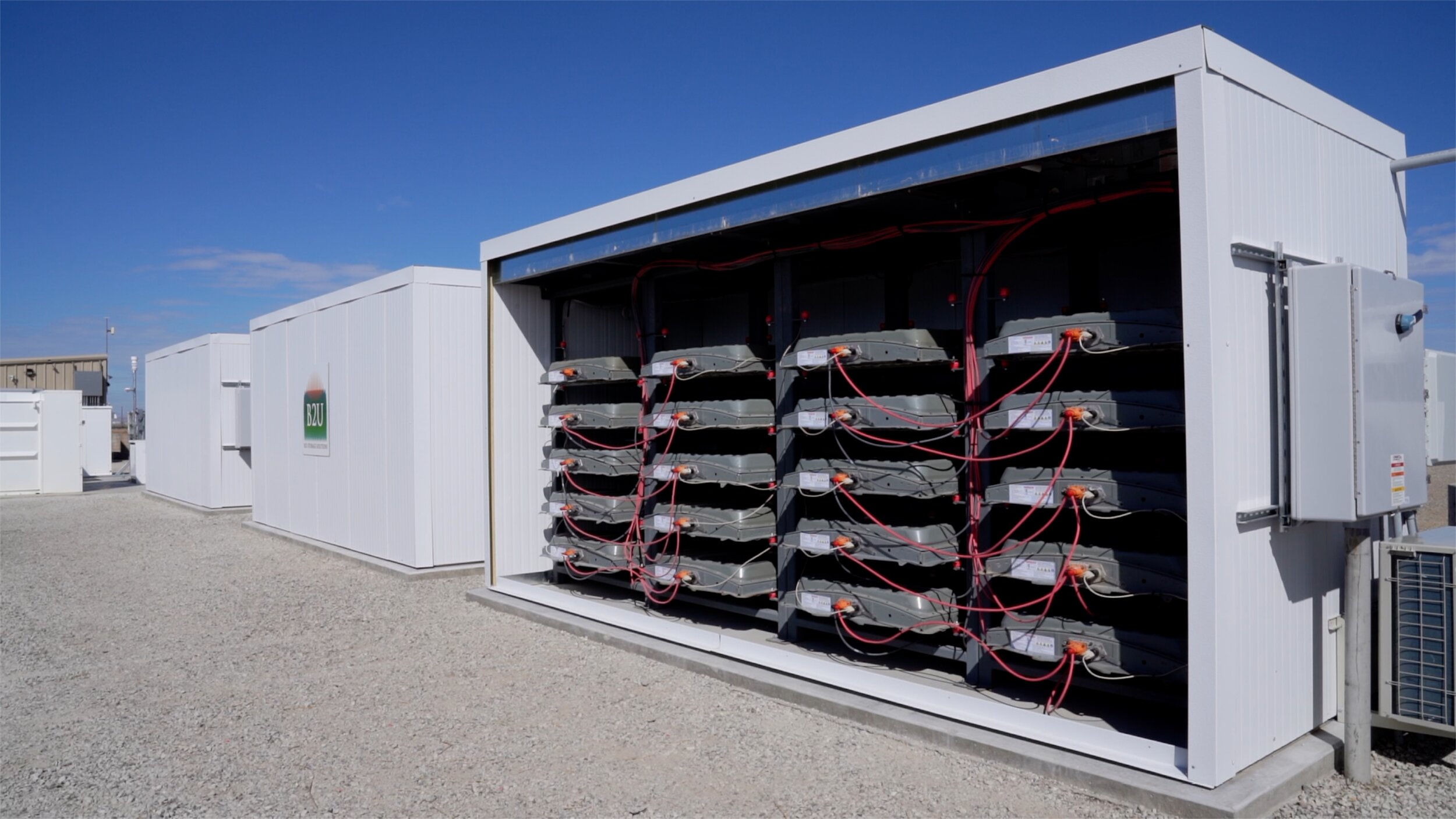This Southern California solar farm is using retired EV batteries for storing the power and then send to the grid when needed. This way the retired batteries can extend their usefulness for several…::A Southern California company is showing how repurposing EV batteries for stationary storage can extend their usefulness for several years.



I’m assuming that doing full charge/discharge cycles on them daily will put more wear on them than every day driving would?
But if your buying them at scrap value and the. Still selling them as scrap after a few more years I guess it works out.
The way lithium batteries work, they wear out less if you only discharge and charge them slightly. So a battery that is charged to 60%, discharged to 40%, and repeated like that will keep most of its capacity even after years of prolonged use. On the other hand, charging a battery quickly, until it is full, or discharging it until it is nearly empty will reduce its capacity over time.
A Tesla Model 3 has a battery capacity of at least 50 kWh. Even if it has lost half of its capacity, the 20% capacity difference between 60% and 40% charge, or more realistically, the 50% difference between 75% and 25%, still represents 12.5 kWh of capacity. Suppose you had an array of 1,000 such batteries. That would represent 12.5 MWh of storage capacity, enough to power ten thousand homes (at 1.2 kW each) for an hour. Certainly nothing to sneeze at.
I’ve seen some interesting use cases for EVs themselves as a form of energy storage. Not necessarily to discharge as a voltage regulation mechanism, but as a predictive load for evening daily swing.
Being packed away in a static location has much lower energy density requirements than driving around with the battery on-board. Getting the most out of them and then reprocessing the materials seems better than just reprocessing right away once they’re no longer useful for EVs.
Exactly, it goes from being about the capacity:weight ratio to capacity:cost and as a bonus also postpones having to use powernto recycle them (and hopefully it’ll be cheaper/more efficient to do so then).
In practice they’re used more as a sort of capacitor to provide voltage regulation on the grid, basically what gas is doing for reliability. Not sure how often that wouldn’t involve a full discharge, but I know most gas in this context is running way below its capability.